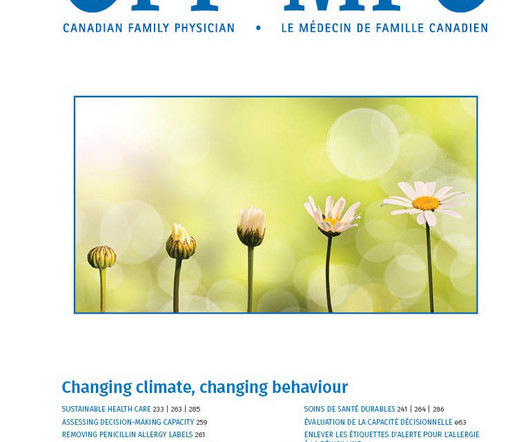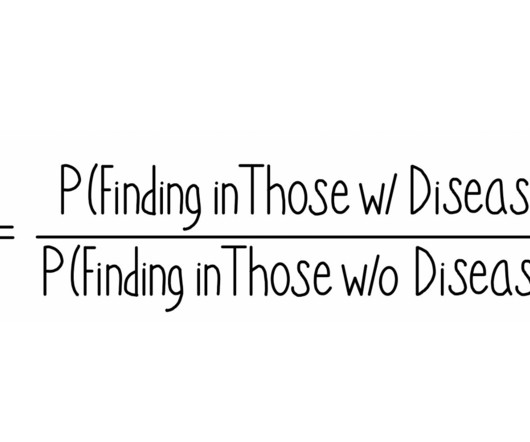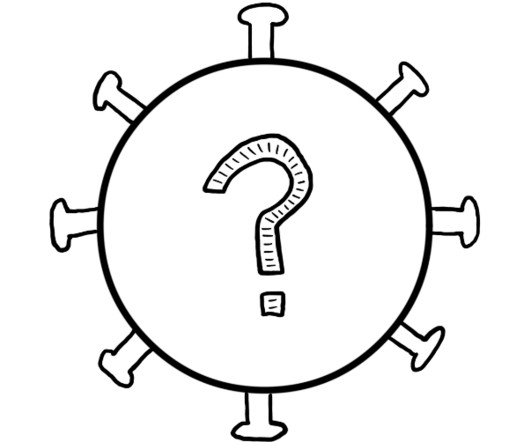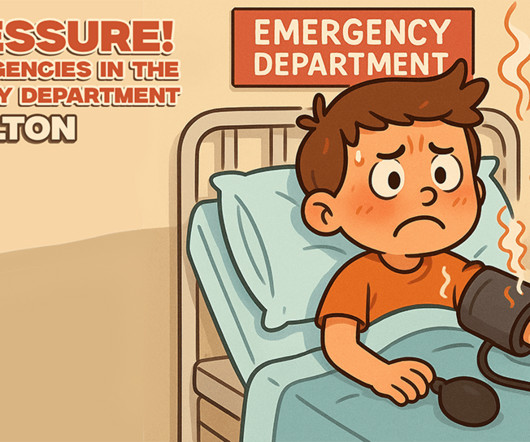Approach to steatotic liver disease in the office: Diagnosis, management, and proposed nomenclature
Canadian Family Physician
APRIL 14, 2025
Known complications of metabolic syndrome and advanced liver disease are often present at the time of diagnosis. Subtle differences are present among patients diagnosed with SLD. Diagnosis relies on noninvasive tests. Practitioners should be aware of a flux in terminology of SLD.






















Let's personalize your content